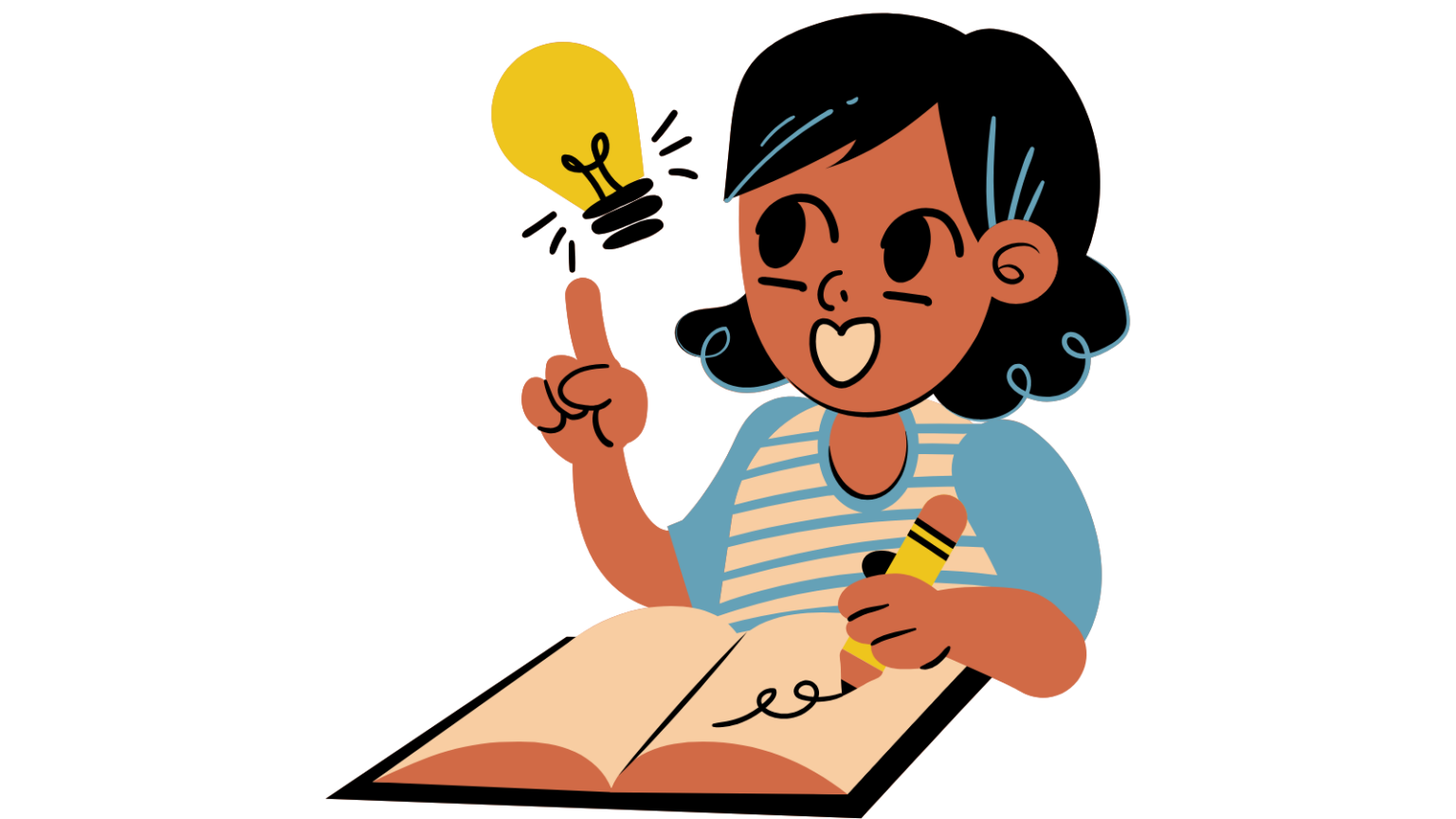Composition Writing Skills for the EFL/ESL Classroom
Nine years ago, I found myself having to rediscover how to teach writing to sophomores and higher level students for the first time since I did my teaching license and practicum in 1991. At that time, Whole Language (a cross curriculum and four skills approach to language skills and content) was the focus and – while I did rediscover the power of portfolios – I also had to relearn or rediscover how to teach everything from basic sentences to full blown research papers. Here, in brief, is my approach and rationale for teaching composition skills to my University students.
Start and end with a Writer’s Inventory.
On the first or second day, I hand out a writer’s inventory in each writing class and have the students write about and then discuss their experiences, impressions and fears about writing. They also discuss some common myths about writing like “Great writer’s are born, not made” to help break the ice and clear the air a bit before we get into the process of writing. In the last week of classes before the final exams. I return this to them and they review and reconsider what they wrote with a partner or partners. In most cases, by week 15, they have changed at least some of their opinions for the better but not always. In the end, it is their process of reflection and occasional surprise at what they said that is most important.
Discuss, brainstorm, write
One comment I see over and over is the desire to share ideas with peers. Allowing students to discuss their possible topics with classmates in pairs or groups is almost always a good idea. I occasionally lead this into a brief class discussion when appropriate as it allows for more ideas to be shared. Once this is over, brainstorming is the next step before they write anything else.
Outlining rather than Brainstorming
Having stressed brainstorming above, I quickly move from freestyle or mind-map-style brainstorming to outlining. I find that it helps students organise their ideas much more logically and – once they have done it a few times – it reduces time and the number of errors with the final essay. This assumes that they receive feedback from the instructor, a peer or both in the interim.
Not about (only) Grammar
I have tried many methods to teach grammar over the years, but in every case the explicit teaching of grammar has failed. Therefore, a more implicit approach as part of error correction has worked better for me. For example, I tried worksheets targeting common errors and the students got high scores but failed to transfer what they learned to their own compositions. I used a grammar-focused book one term based on class feedback and got the lowest class evaluation ever for that particular course.
Finally, taking examples from anonymous students and going over them in class worked best. It still did not work as well as I would have liked. I have started simply indicating which categories of grammar errors they have made and circle or have them find and fix them themselves. Ultimately, the type and implementation of error correction also made a huge difference in how much their grammar improved – as I will discuss below.
Error correction…the good and the bad
As mentioned above, I have tried a number of ways to give error feedback to my writing students over the years. Explicit did not work. They ignored the changes and focused only on points awarded or comments as an indication of their ultimate grade. Now, I simply circle or highlight errors and give them some areas where they are having consistent problems like articles or verb tenses, for example.
While I may do a related exercise if a majority of the class is making the same mistakes, I focus more on structure and content in my feedback since most of them have had years of grammar based instruction accompanied by very little instruction about how to write a good sentence, paragraph or essay. By starting with the sentence, we rebuild their writing from the ground up over 2 or 3 16 week courses and that actually solves most of basic and persistent errors the students make.
Rediscovering the Portfolio
As a student, I loathed the idea of a portfolio but as an EFL Professor I have come to love it. Students start by reviewing their identity as a writer by using the aforementioned Writer’s Inventory. Then, they review between 5 to 8 pieces of their own writing by looking at the original version as well all revised versions provided by their peers or myself. Then, they briefly comment on what they learned from each of the homework samples they selected.
The final step is to write a conclusion based on what they have learned about themselves as writers as well as their strategies for becoming better writers for the short and long terms. For some, it becomes a labor of love with original titles and fancy fonts, but it forces both them and me to look at the full scope of their work from early on in the term to close to the end. Very few who do it properly walk away without a sense of pride and accomplishment.
Power of the mini lesson
The longer that I teach, the less value I see in long lessons where I talk and the students listen without doing something directly related to what I am talking about as quickly as possible. In practice, this means that I want to have to talk no more than 10 minutes before the students get to work. The value of a mini lesson is that I can focus on what the students need, like how to write a hook or a thesis properly, as well as what they are having problems with. As mentioned above, this often means a quick lesson on a grammar point they are having problems with. The trick is to connect it to their writing and the writing process as quickly and seamlessly as possible.
Peer feedback…. It can work
While much of the feedback in university classes often comes from the instructor, that does not mean that peers cannot contribute to this process as well. I usually do not do peer feedback until late in the first part of the term as students do not know each other well enough to make it work well. I also alternate between having them exchange with a friend and doing it for a random classmate. This type of feedback often takes 15 to 20 minutes even with a pre-designed feedback form asking for their evaluation of both content and grammar.
I encourage them to discuss the feedback one on one with the student who edited their paper. After this process is over, I normally return my own edited version to each student so that they can see what two different people thought of their writing. Totook less time, I might do it more often. As it can take up to 30 minutes, I only do this exercise 3 or 4 times a term so they get this type of feedback once for each essay or related outline
Composition writing skills – the only way to learn is by DOING
Writing is a slow, painful process even for many native English users. For non-English users, it is one of the most difficult and least satisfying skills to develop unless it is done properly. Students need to build confidence so that they can write effectively. But, they also have to be taken back to the beginning to unlearn many of the shortcuts and bad habit they have learned over the years in order to pass a plethora of exams.
With 3 writing courses that last a full term each, we have the time to build up from the sentence level to paragraphs, essays and research papers. This means that – if they take all of the classes in the right order and with no more than a term between courses – they will become better writers of English because they will be writing extensively and intensively in and out of class.







2 Responses
Khalid
Great article. I like the idea of moving immediately to outlining. Brainstorming can be done mentally while outlining the essay. Thanks!
10/09/2015
Tory Thorkelson
Thanks, Khalid! I do go through brainstorming once with my students but I have found that outlining works better in the long term.
11/09/2015